
Projects Singapore Water City
The Republic of Singapore faces the twin problems of insufficient freshwater sources and a chronic shortage of available housing. Further, the rising sea levels resulting from global warming may require adaptation measures such as relocation of infrastructure and housing from lowland to hills. To resolve these problems, we have formulated a novel “Sustainable Water City” project for Singapore that will alleviate water shortages and create high-density residential communities in the coastal areas of Singapore.
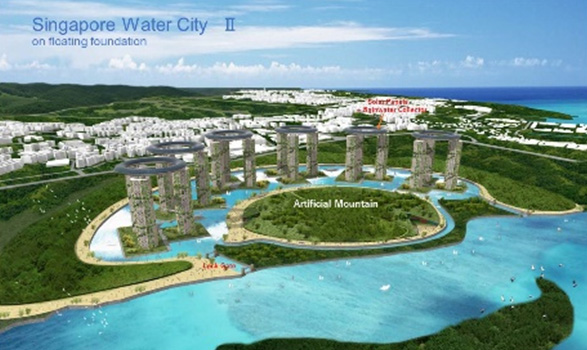
Fig.1 Bird’s eye View of Proposed Sustainable Water City in Singapore
More specifically, we propose extensive excavations of flat land areas in those coastal regions in order to make as many large-scale artificial reservoirs as possible. Then, “soft-landed” floating units, which are capable of floating freely during water-related hazards such as serious floods, will be built on these artificial reservoirs (See Fig. 1).
Supertall high-density residential towers will then be constructed on these soft-landed units, thus providing a means to cope with Singapore’s rapid population growth. We believe that our semi-floating water city concept has the potential to offer an effec
tive option that will be of benefit to Singapore.
(1) Effectively capture and store rainwater, which is particularly abundant in Singapore.
(2) Effectively impose the “compact and smart city” concept during the planning of a semi-floating water city by considering the issues of energy conservation, emission control, and lifecycle operation and management.
(3) Enhance harmony between the constructed and natural environments by taking ecosystems (symbiosis and coexistence with nature), lifestyle comfort and quality, respect for green initiatives, water circulation, and natural energy issues into consideration.
(4) Give due consideration to countermeasures against disasters attributable to global warming, particularly in low-lying areas, such as rising sea levels, large-scale flooding, and water inundations due to torrential rain.
(5) Create a sustainable city in which a multi-dimensional water supply system, referred to as a “smart grid of water”, is integrated together with the currently popularized “smart grid of electricity”.
(6) Give due consideration to lifecycle costs in light of market principles. In general, infrastructure is to be seen as a burden in terms of future maintenance and repairs costs, so infrastructure recycling and reuse shall be contemplated during their initial design stages.
By creating a semi-floating water city equipped with collection and treatment facilities for both rainwater and gray water, which could be efficiently operated and designed in keeping with lifecycle considerations, it would be possible to contribute significantly to the creation of a sustainable water supply system in Singapore. The average precipitation in Singapore amounts to about 2,200 mm per year.
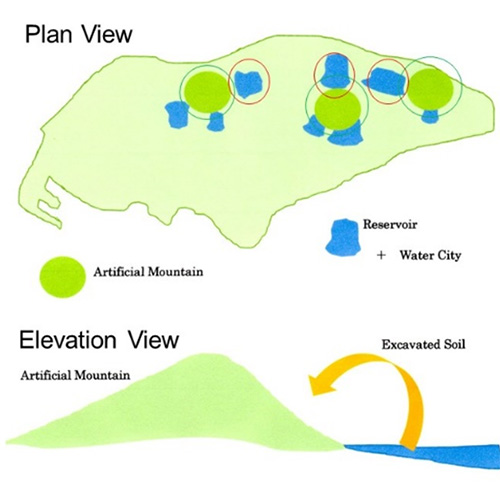
Fig.2 Schematic Plan and Elevation Views for Artificial Mountain
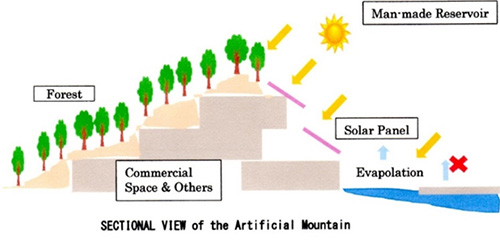
Fig.3 Schematic Sectional View of Artificial Mountain and Reservoir
In order to construct semi-floating inland water cities, it will first be necessary to create numerous artificial reservoirs by excavating suitable areas wherever they can be found, as shown in Fig. 2. A significant amount of this excavated soil can then be used to create artificial forest-covered hills up to 50 meters high or higher. This is important because those hills would have the effect of changing the Singapore terrain in a way that would allow it to capture rainwater and gradually carry it down into the artificial reservoirs. Other uses for the excavated soil include using it to overlay hollow concrete structures around the artificial reservoirs in order to create green-covered hills, as shown in Fig. 3. The interiors of those hills could function as natural cooling spaces, which in turn could reduce the cooling load of shopping malls or other facilities built within those hills.
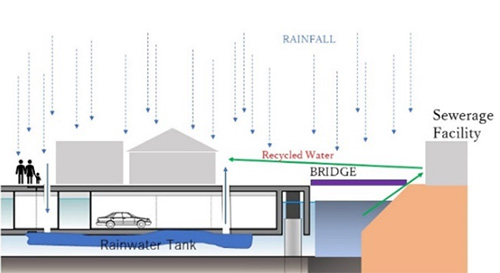
Fig.4 Multi-dimensional Water Supply System
To maintain high water quality levels inside those artificial reservoirs, the gray water from the high-rise towers would first be purified by wastewater treatment facilities located nearby before being discharged into the reservoir (See Fig.4). Furthermore, the water pumps placed in the reservoir would be designed to enhance water circulation within it while preventing eutrophication. Solar energy could be used to supply some of the power for the water purification facilities as well as to ensure continued operation during power failures. In addition, the rainwater that falls on the semi-floating water city residence towers would be stored in large-capacity, flexible, and durable tanks installed underneath the floating foundations, as shown in Fig. 4, where it would be treated for household use, thus reducing the amount of potable water obtained from the PUB. Since a large portion of the surface area of these artificial reservoirs would be covered by floating foundations, evaporation of water in the reservoir could be minimized.
On the Construction of Singapore Water City
In order to construct a semi-floating water city, it is first necessary to excavate the construction site located near the coastal area down to 20 to 30 m below sea-level in order to create the artificial reservoirs, which are then filled with water from the rivers or sea, as shown in Fig. 5. The semi-floating water city model site presented in this paper consists solely of residential towers. Each reservoir will cover approximately 105.8 ha, have a length of 2,190 m, a width of 483 m, and an average water depth of 25 m.
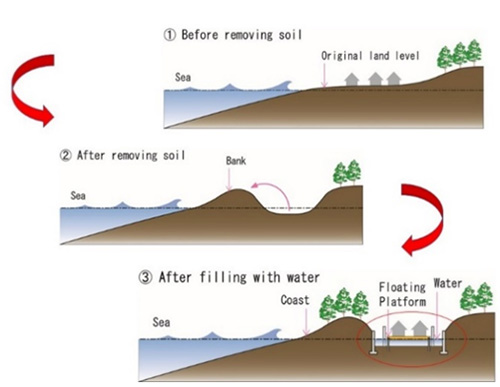
Fig.5 Schematic Plan for Construction of Water City (Sectional Views)
Next, square-shaped floating units will be constructed at a nearby shipyard and towed to the site. In this model, each floating unit will be 135 m. The total surface area of 18 floating units inside an artificial reservoir is 40 ha. Finally, 51-story high-rise residential towers will be constructed on the floating unit, in which 48 stories (16 apartments per floor) are allocated to provide residential space for approximately 2,700 people, as shown in Fig. 7. The total number of households and the population of the 18 residential towers in this project are expected to be approximately 13,600 and 48,400, respectively. This means that the population density of a semi-floating water city will be between 450 to 600 persons per ha, depending on its use. The total living space in a semi-floating water city, which is supported by 18 floating units, is approximately 2,237,760. m2.
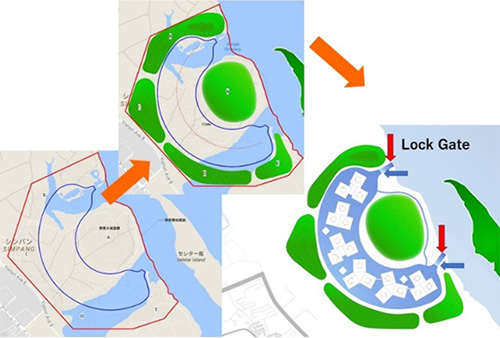
Fig.6 Construction Process of Water City (Plan Views)
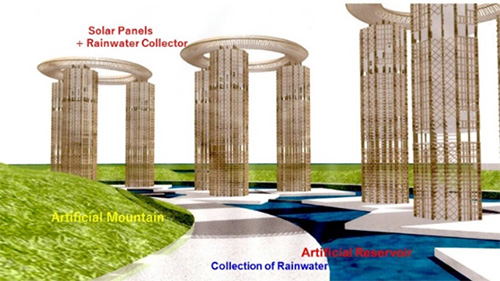
Fig.7 High-rise Residence Towers on Floating Foundations in Artificial Reservoir














